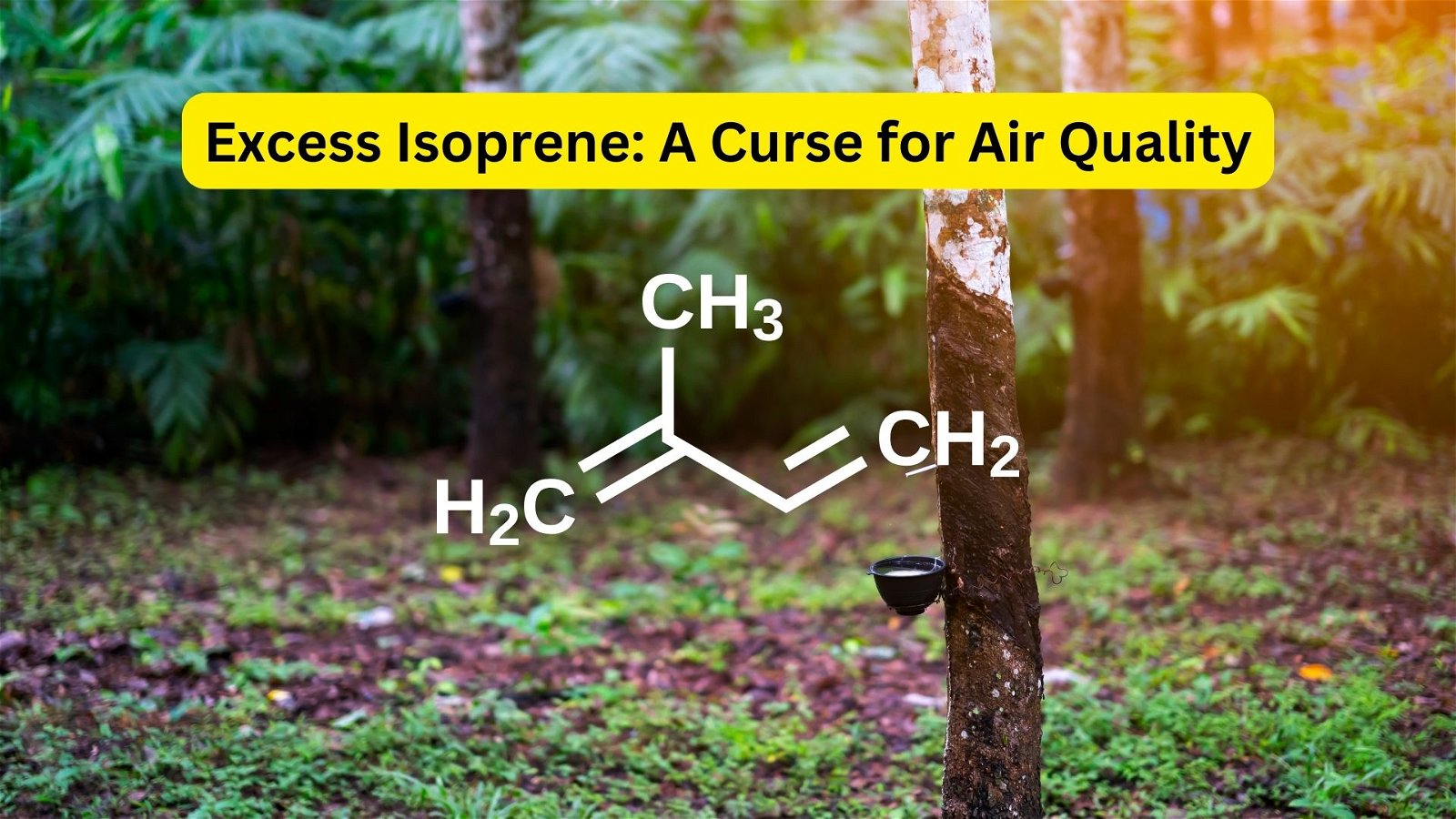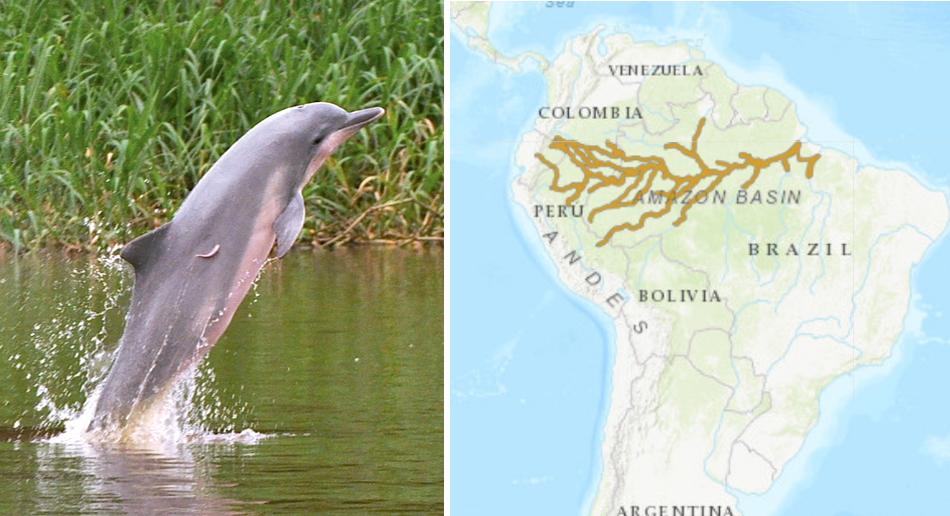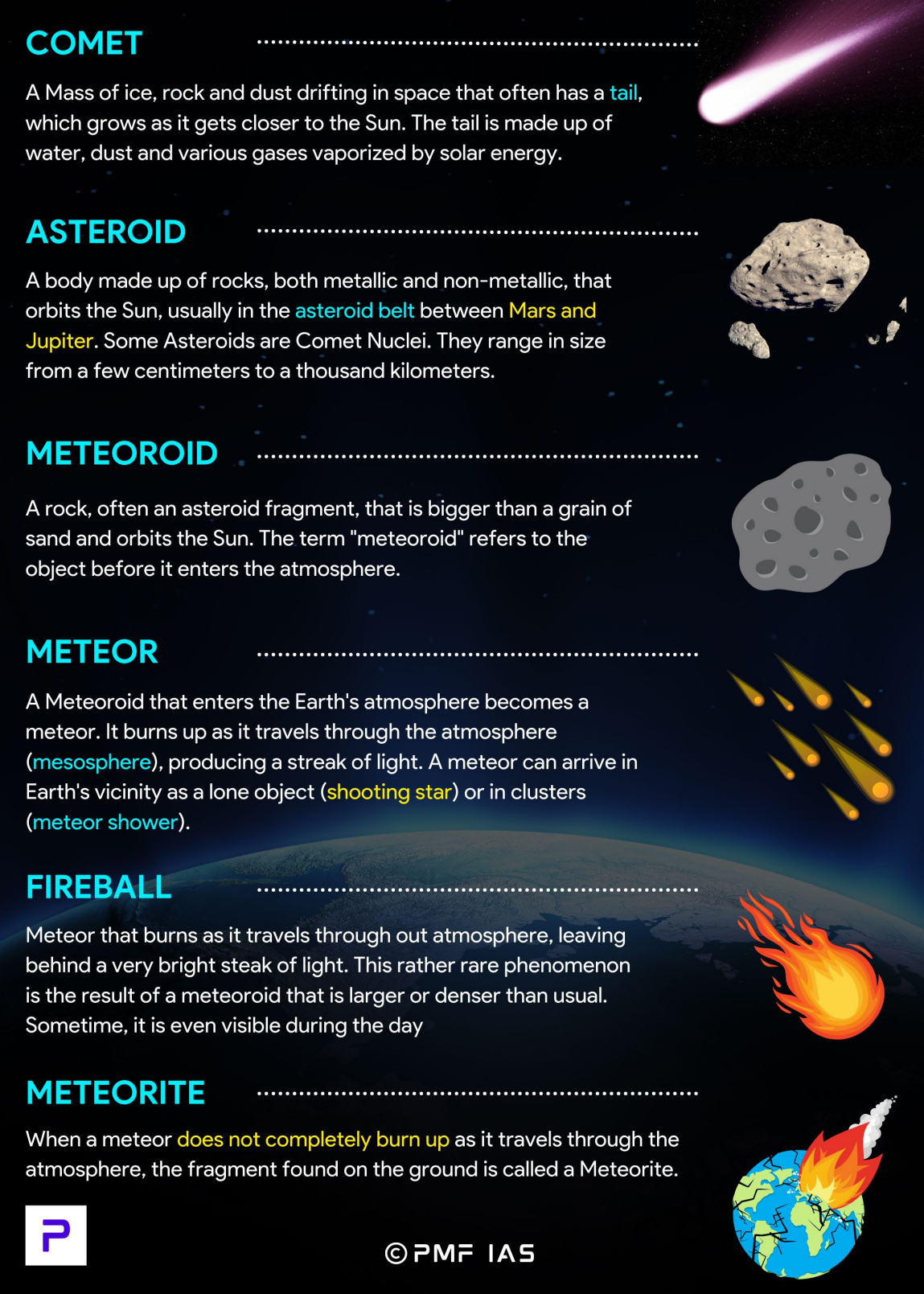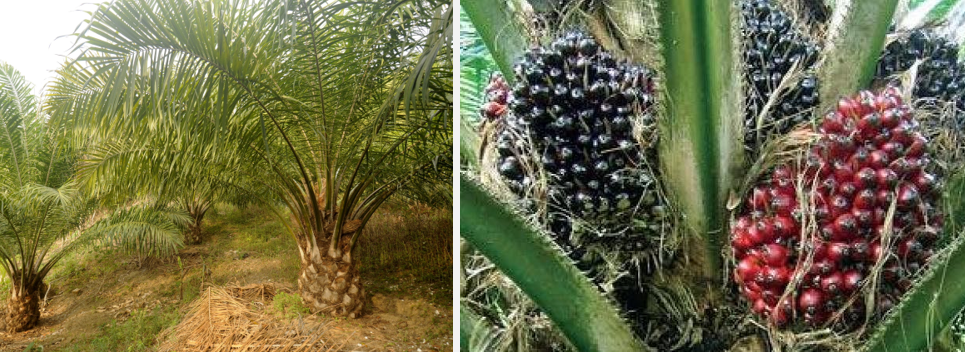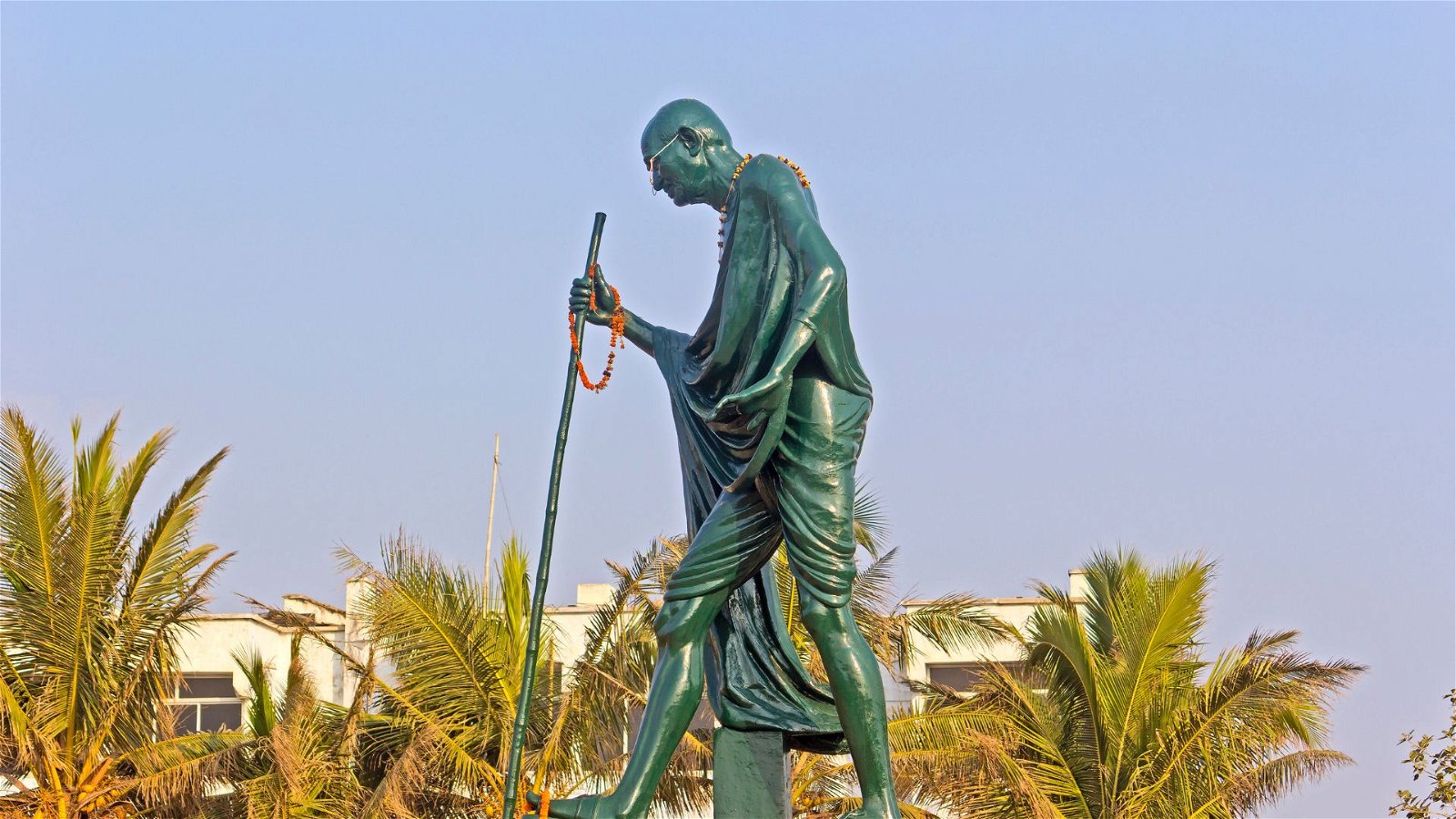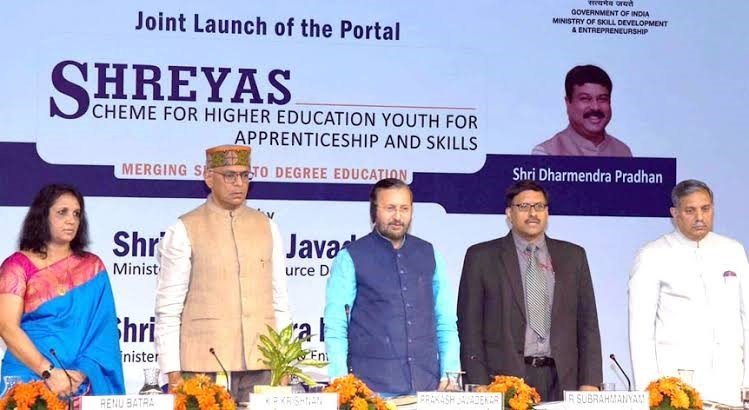
Current Affairs October 01-02, 2023: Microplastic in Clouds, Retrospective Tax, Ten-Dash Line, Pygmy Hog, Karman Line
Subscribers of "Current Affairs" course can Download Daily Current Affairs in PDF/DOC
Subscribe to Never Miss an Important Update! Assured Discounts on New Products!
Must Join PMF IAS Telegram Channel & PMF IAS History Telegram Channel
{GS1 – MIH – Events} Battle of Colachel
- Context (TH): The Battle of Colachel occurred in 1741 between the Travancore kingdom and the Dutch East India Company in Colachel (Kanyakumari district).
- Travancore forces led by King Marthanda Varma defeated the Dutch East India Company’s forces led by Admiral Eustachius De Lannoy, ending the political power of the Dutch in Kerala.
- It is celebrated as the first victory of Asians over the Europeans.
- After the victory, Dutch soldiers were imprisoned. Several European prisoners, including Eustachius De Lannoy, accepted the offer and served Marthanda Varma.
Background
- The Dutch East India Company procured the spices from the smaller states of Kerala and had a profitable spice trade in Malabar.
- Martanda Varma conquered these states and refused to honour the monopoly contracts of the Dutch with these states. This adversely affected the Dutch trade in Malabar.
- The Dutch believed the English influenced Marthanda Varma to act against Dutch interests.
- They believed that to protect the Dutch commercial interests, it was essential to maintain a balance of power among the native princes in the region.
- Hence, in 1739, the Dutch command at Malabar declared war on Travancore.
Eustachius de Lannoy
Martanda Varma
|
{GS2 – Governance – Initiatives} Sankalp Saptaah
- Context (PIB): PM Modi launched a special one-week program called ‘Sankalp Saptaah’ for 500 Aspirational Blocks to foster development and improve people’s lives.
- It is closely aligned with the Aspirational Blocks Programme (ABP) for effective implementation.
- Each day during Sankalp Saptaah focuses on a specific development theme, including:
- Sampoorna Swasthya (Comprehensive Health)
- Suposhit Pariwaar (Well-Nourished Families)
- Swachhta (Cleanliness)
- Krishi (Agriculture)
- Shiksha (Education)
- Samridhi Diwas (Prosperity Day)
Aspirational Blocks Programme (ABP)
- It is based on the Aspirational District Programme (ADP) and was launched in January of 2023.
- It will initially cover 500 Aspirational Blocks.
- It aims to:
- Improve governance at the block level to enhance citizens’ quality of life.
- Fast-track holistic and sustainable development in 500 backward Blocks.
- It focuses on creating social and economic infrastructure and ensuring equitable development for marginalised groups.
Aspirational District Programme (ADP)
Champions of Change
|
{GS2 – Health – Issues} Women Health: Cancer
- Context (IE | IE): A new Lancet Commission report on gender inequity in cancer care shows a grim picture of the cancer care of Indian women.
|
Findings of the Report
- In Indian women, 63% of early cancer deaths could have been prevented through screening and diagnosis, while 37% was preventable through prompt and optimal treatment.
- Despite men having a higher risk of certain gender-neutral cancers, cancer incidence and mortality among women remain high.
- Globally, women make up 48% of new cancer cases and 44% of cancer deaths, despite some cancers in women (like breast and cervical cancers) being highly preventable and treatable.


Reasons Behind Poorer Cancer Care for Women in India
- Limited Awareness: Lack of awareness among women about cancer risk factors, symptoms, and the importance of early detection can lead to delayed diagnosis and treatment.
- Lack of Decision-making Power: In most Indian households, the decision-making power rests with the males. Due to this, women cannot make decisions regarding their health at an individual level.
- Financial Barriers: Most of the women are not financially independent. They also constitute the most significant unpaid workforce.
- Cultural and Social Stigma: Cultural beliefs and social stigma can deter women from seeking cancer care. Some women may avoid screening or treatment due to fear, shame, or cultural norms.
- Gender Bias: The health of the males is prioritised over females. Women’s symptoms may be dismissed or not taken as seriously as men’s, leading to delayed diagnosis and treatment.
- Insufficient Healthcare Resources: In some areas, there may be a shortage of healthcare facilities (like in NE states), trained healthcare professionals, and medical equipment.
- Socioeconomic Disparities: Women from disadvantaged groups have the least access to healthcare.
- Healthcare Policy and Funding: Inadequate funding for cancer care and healthcare policies that do not prioritise women’s health can contribute to suboptimal care.
Way Ahead
- Awareness campaigns: To educate women to remove socio-cultural stigmas associated with cancer.
- Cancer Research: Cancer care and research are dominated by men, so equitable access to cancer research resources, leadership, and funding opportunities for women should be created.
- Human papillomavirus vaccines (HPV) Vaccination: An indigenous vaccine for the human papillomavirus that causes cervical cancer is already available. (There are no vaccines for other cancers)
Cervical Cancer
Cervavac
|
{GS2 – IR – China} Ten-Dash Line
- Context (REUTERS): China has released a new “standard map”, which includes the ten-dash line.
- Ten-dash line is a U-shaped line (with ten dashes) in the South China Sea.
- With the ten-dash line, China is claiming over 90% of the South China Sea.
- It is an extended version of the nine-dash line.
Nine-dash line
- It is lined with nine dashes claiming a part of the South China Sea.
- China introduced it for the first time in 1947.
- It was a part of China’s map submitted to the UN in 2009.
- According to China, it is based on its historic maps.

Overlapping Claims in the South China Sea
Other countries in the South China Sea claim the area which is included in the nine-dash line.
- Paracels and the Spratlys Islands:
- Many countries claim these islands.
- Vietnam claims both islands. It says it has actively ruled over both the Paracels and the Spratlys since the 17th Century.
- The Philippines’ claim over the Spratly Islands is based on its geographical proximity.
- Malaysia claims a small number of islands in the Spratlys.
- Scarborough Shoal Island:
- Both the Philippines and China lay claim to the Scarborough Shoal.
- It is more than 100 miles from the Philippines and 500 miles from China.
- Exclusion Economic Zones (EEZ):
- Malaysia and Brunei claim that territories included in the Nine-dash line fall within their EEZ.

South China Sea Arbitration
- The Philippines approached the Permanent Court of Arbitration (PCA) under the United Nations Convention on the Law of the Sea (UNCLOS).
|
- In 2016, the PCA ruled in favour of the Philippines on most of its submissions.
- It said China does not have a legal basis to claim historic rights over a large part of the South China Sea. China did not participate in the proceeding and rejected its ruling.
{GS2 – MoPPP – Schemes} Pension
- Context (TH): Delhi CM requested the GoI to implement the old pension scheme (OPS).
- The old pension scheme (OPS) and the new pension scheme (NPS) are both retirement savings plans.
- They provide financial security to elderly citizens and help them meet their daily expenses.
Features of OPS and NPS
| Features | Old Pension Scheme | New Pension Scheme |
| Introduction | It was introduced in the 1950s. | It was introduced in 2004. |
| Eligibility | Only government employees who have completed at least ten years of service are eligible. | It was started for government employees, but in 2009, GoI extended the scope to all citizens between 18-60 years (including NRIs). |
| Contributions | This scheme does not require any employee contributions. | Employees contribute 10% of their base pay, while their employers can contribute up to 14%. |
| Return | Government employees are entitled to receive 50% of their last drawn basic salary plus a dearness allowance upon retirement. | 60% lump sum after retirement and 40% invested in annuities. |
| Tax Benefits | Income is not subject to taxation. | 60% of the corpus on maturity is tax-free, while the remaining 40% is taxable when invested in annuities. |
| Flexibility | It does not have much flexibility as it provides a fixed monthly income. | The subscribers can choose their asset allocation, allowing them to generate higher returns and build a larger retirement corpus. |
| Return Certainty | It provides return certainty, as it is based on the last wage received by the employee. | It offers market-linked returns. Subscribers can benefit from market-linked returns without any guarantee of returns. |
Disadvantages of the OPS
- It is a massive pension burden on the Central and State governments.
- There is no established fund specifically designated for pensions, which could grow continuously and reduce the government’s liability for pension payments.
- It is unsustainable since the pension liabilities would keep increasing every year.
{GS3 – Envi – Agri} Dark Earth
- Context (IT | SC): Black and fertile patches of ancient soils have been discovered in the Amazon in and around human settlements dating back hundreds to thousands of years.
- Ancient Amazonians created this dark earth to improve soil fertility and sustain large societies.
- Also known as terra preta, this soil holds extensive carbon reserves, amassed over centuries as generations improved it with food scraps, charcoal, and waste.
- In present days, this practice of creating dark earth is still prevalent among the Kuikuro tribe of Brazil’s Mato Grosso region, who called this dark earth “eegepe”.
- Significance: This ancient practice can help in sustainable agriculture and the carbon sequestration process to mitigate climate change.
{GS3 – Envi – Conservation} Pygmy Hogs Reintroduced in Assam
- Context (TH | IE): Eighteen captive-bred pygmy hogs are released in Assam’s Manas National Park, their historical habitat, under the Pygmy Hog Conservation Programme (PHCP).
Pygmy Hog (Porcula salvinia/Sus salvanius)
- Pygmy Hog is the world’s smallest wild pig.
- It is one of the indicator species of grassland habitats.
- It lives in sociable family groups of up to 20, led by a matriarch.
- Pygmy hog-sucking Louse is a critically endangered parasite that feeds only on Pygmy Hogs.
- Distribution: This rare pig species is found only in Manas Wildlife Sanctuary, Assam. Earlier, it was located across north India, Nepal, and Bhutan.
- Habitat: It lives in dense, tall riverine grasslands.
- Threats: Habitat loss and hunting.
- Conservation Status: IUCN: EN | CITES: Appendix I | WPA: Schedule I

Pygmy Hog Conservation Programme (PHCP)
- PHCP was launched in 1996 by the Durrell Wildlife Conservation Trust along with the MoEF, the IUCN, and local NGOs, EcoSystems India & Aaranyak.
- It maintains a captive population and reintroduces hogs in protected areas of Assam.
Why the Conservation of Pygmy Hogs is Crucial to India’s Wildlife Protection Goals
- Pygmy hog are an indicator species.
- Pygmy hogs only live in the wet high grasslands at the foothills of the Himalayas.
- It is also the habitat for other rarities such as the one-horned rhinoceros, hog deer, Eastern barasingha, tiger, water buffalo, lesser florican and the hispid hare.
- So, if pygmy hogs are not around, it means something is seriously wrong with the habitat, which, in turn, would endanger the fate of the other animals.
|
Manas National Park and Tiger Reserve
|
{GS3 – Envi – Plastic Pollution} Microplastic in Clouds
- Context (WION): Microplastics have been found in cloud for first time.
- Concern: Microplastics can cause severe damage to climate and the human body if their presence in clouds is not contained through coordinated efforts.
Microplastics
- Microplastics are defined as plastics less than 5mm in diameter.
- There are two categories of microplastics.
- Primary microplastics: tiny particles designed for commercial use, like in cosmetics or textiles.
- Secondary microplastics: tiny particles that are a product of the breakdown of larger plastic items due to exposure to environmental factors such as the sun’s radiation or ocean waves.
- The problem with microplastics, like all plastics, is that they do not break down easily into more harmless particles. Instead, they find their way across the planet.
- An average human consumes at least 50,000 microplastic particles annually due to contamination of the food chain, potable water, and air.
- Microplastics contain a number of toxic chemicals which pose severe risks to human health. The biggest health risk associated is with the chemical Bisphenol A (BPA), which is used to harden plastic.
- BPA causes alterations in liver function, insulin resistance, fetus development in pregnant women, the reproductive system, and brain function.
Sources of Microplastics
- Fragmentation of larger plastic items like bottles, bags, and packaging.
- Microbeads used in personal care products like exfoliating scrubs and toothpaste.
- Fibres released during the washing of synthetic textiles.
- Weathering and degradation of plastic debris in the environment.
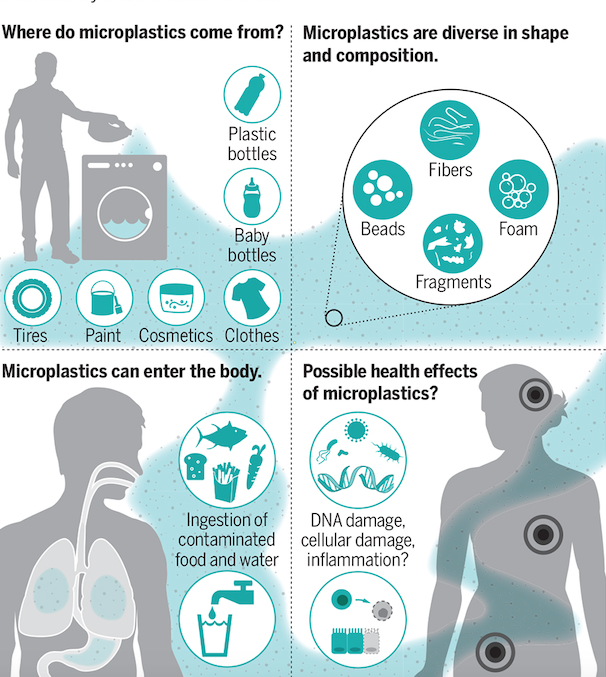
Adverse Impact of Microplastics
- On Environment: The presence of microplastics disrupts the terrestrial and aquatic ecosystems. They affect the soil health, water quality, nutrient cycling, and the organisms that inhabit these environments. These have cascading effects on the entire food web.
- On Aquatic Life: Microplastics are ingested by various marine organisms, ranging from zooplankton to fish, seabirds, and marine mammals. The ingestion can cause physical harm, such as blockage of digestive systems and internal injuries.
- Microplastics can accumulate in the tissues of organisms and transfer toxic chemicals associated with the plastic particles through the food chain.
- On Agriculture: Irrigation by microplactic contaminated water allowing these particles to enter food.
- On Human Health: Ingestion of microplastics by humans through water, food, and air can result in genetic modifications and several diseases. Microplastics are already detected in human blood.
{GS3 – IE – Taxes} Retrospective Tax
- Context (ET): Online gaming companies currently pay an 18% tax on the commissions they collect from customers.
- In July 2023, the GST Council decided to levy 28% GST on the full value of online gaming.
- This rate was made applicable retrospectively.
- As a result of the retrospective tax, online gaming companies need to pay taxes for past transactions.
- Retrospective tax is a tax charged for transactions in the past.
- It simply means imposing an additional tax charge from a specified date in the past.
- Retrospective taxation allows a nation to implement a rule to impose a tax on certain products, goods, or services from a time before the date on which the law is passed.
History of the controversial Retrospective tax in India
- The GoI amended the Income Tax Act 1961 and introduced the retrospective tax provision in 2012.
- It allowed the government to ask companies to pay taxes on mergers and acquisitions (M&As) before that date.
- In 2007, Vodafone acquired Hutch for $11 billion. In 2012, the GoI demanded 7990 crores in capital gains retrospectively.
- The company took the matter to the SC, which eventually favoured Vodafone.
- Vodafone filed lawsuits against the retrospective tax in international courts, which India lost.
- In 2006, Cairn Energy made an internal reorganisation.
- In March 2015, the GoI asked the company to pay Rs 10,247 crore in taxes on alleged capital gains made by the company in the internal reorganisation.
- Cairn Energy initiated an international arbitration to challenge retrospective taxation.
- The international arbitration tribunal ruled in favour of Cairn and asked GoI to pay Rs 8,000 crore as damages to Cairn.
Tax on online gaming
|
{GS3 – S&T – IPR} Copyright
- Context (TH): People alleged that Prasar Bharti is sending notices to YouTubers invoking copyright for showing Parliamentary proceedings.
- Prasar Bharati cleared that its public service-related contents are copyright-free.
- It does not make copyright claims on any public service content.
Copyright Act 1957
- The Copyright Act of 1957 aims to safeguard creative works, which are the creator’s intellectual property.
- Copyright protection is conferred on all original literary, artistic, musical, or dramatic, cinematograph and sound recording works.
- Copyright protection commences the moment a work is created, and its registration is optional.
- The author or creator of the work is the first owner of the copyright. An exception is that the employer becomes the copyright owner when the employee creates work during employment.
- The protection is available in several countries worldwide, including India, as it is a member of the Berne Convention for the Protection of Literary and Artistic Works.
Berne Convention
|
Copyright infringement
- A copyrighted work is considered “infringed” only if a substantial part is used without authorisation.
- Copyright infringement is a cognisable offence under the Code of Criminal Procedure (CrPC), 1973.
| Cognisable offence | Non-cognisable offence |
| Police can begin investigations into allegations of copyright infringement upon receiving a complaint. | Police can begin investigations only after a judicial magistrate has taken cognisance of the offence and directed them to do so. |
Injunction
- The HOB is seeking an injunction restraining infringement of the copyright of its copyrighted content.
- An injunction is “an order a court gives, usually to stop someone from doing something.”
Passing-off
- Delhi HC observed a “substantial imitation” of HOB’s storytelling by POI.
- The SC in 2001 said that passing-off is a type of unfair trade competition in which one individual, through deceptive means, seeks to gain economic advantages from the reputation established by another in a specific trade or business.
- Example: A brand logo is misspelt in a way that’s difficult for the consumer to discern.
{GS3 – S&T – Space} Karman Line

- Context (TH): The Karman line that demarcates the Earth’s atmosphere from space plays an important role. It is an imaginary line located 100 km above sea level.
- It was established in the 1960s by a record-keeping body called Fédération Aéronautique Internationale (FAI).
|
Physical Condition Change at the Karman Line
- There is no drastic change in the physical condition within a short distance on either side of the line.
- There is no significant difference in the pressure or the composition of air.
- The Earth’s gravity continues to exert its pull here.
- Even the earth’s atmosphere does not end here.
Importance of Karman Line
- The Kármán Line was established to regulate airspace.
- It roughly marks the altitude beyond which a traditional aircraft can not fly. Any aircraft flying beyond it needs a propulsion system to pull away from the Earth’s tug.
- It also acts as a legal reference separating airspace that a country can claim to own from space itself, governed like international waters.
|





![PMF IAS Environment for UPSC 2022-23 [paperback] PMF IAS [Nov 30, 2021]…](https://pmfias.b-cdn.net/wp-content/uploads/2024/04/pmfiasenvironmentforupsc2022-23paperbackpmfiasnov302021.jpg)

